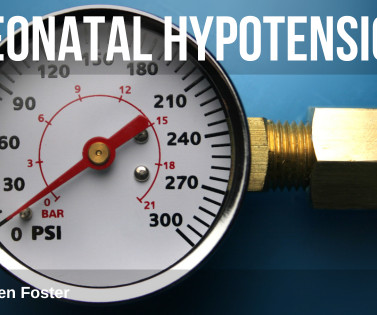emDOCs Podcast – Episode 102: Hypocalcemia in Trauma and the Diamond of Death
EMDocs
JUNE 12, 2024
Previous triad of death = hypothermia, acidosis, and coagulopathy. Whole blood does contain less citrate. Liver dysfunction, secondary cirrhosis, critical illness, trauma, and hypothermia reduce citrate metabolism. Hypothermia also leads to hypoCa. All are associated with critical illness and severe hemorrhage.















Let's personalize your content